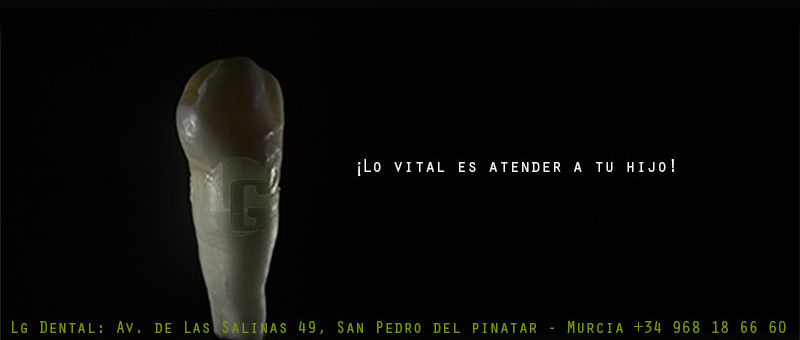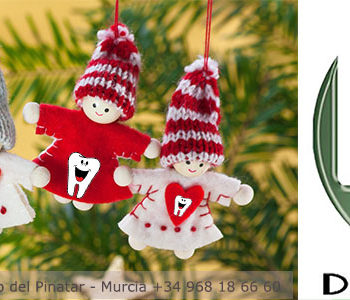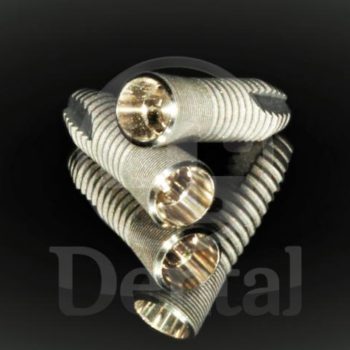
FIRST AID: DENTAL AVULSION
- On November 3, 2017
In this post I will explain the case of a 10-year-old patient who came to see with a very painful affection. He was playing with his friends as if they were cowboys, using a garden hose as a lasso, with such bad luck that the metallic nozzle crashed into my patient’s front teeth. However, instead of breaking them, one of his teeth was knocked out but remaining intact: that’s a case of dental avulsion.
Dental avulsion is the complete displacement of a tooth from its socket in alveolar bone. Fortunately, it is not a very frequent trauma (1% – 10%) that tends to happen to children between 7 and 10 years old. Nevertheless, it is an extremely shocking experience: on the one hand, parents would get shocked by this image and its abundant bleeding; on the other hand, the child would get shocked by the pain and the absence of the tooth.
In this post I will provide you with some tips in cases of dental avulsion, since the time factor is of prime importance to be able to re-implant the tooth.
#1 Keep calm
The most important thing is to take care of the child and verify if there is any other prior emergency.
#2 Steps
- Keep the tooth
The first thing you shall do is locating the tooth; once you find it, you must manipulate it from the crown, i.e. don’t touch the root. In case the root is dirty, you can clean it with water, but don’t scrub it.
Some dentists recommend an immediate re-implantation, but from my point of view, this factor depends very much on the patient’s condition: if s/he is hysterical, it would be impossible. But in case you can re-implant it, do it!
- Keep it & carry it
In cases as such, you can carry the tooth in physiological saline solution or milk – preferably skimmed milk. In case you don’t have any of these liquids, you can place it in the patient’s mouth, between the cheek and the molars or under the tongue – this is not the most appropriate way to carry the tooth, since bacteria and enzymes can affect the tooth root.
It is not recommended to carry it in water.
- Visit your dentist
Ideally, you should visit your dentist and give prior notice that you are carrying an avulsed tooth. S/he will know what to do, but it is very important to let him/her know how much has passed since it happened.
You should know that the chance of succeeding depends on many factor, only 4 – 50% of avulsed teeth survive for more than ten years and cases as such pose great challenges to the dentist. You should also take into account that it doesn’t matter how effective the dentist’s labour was, but how quickly you act when something like this happens.


